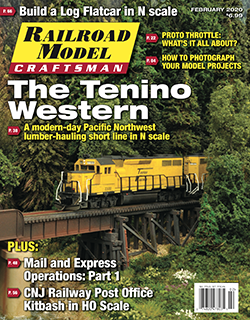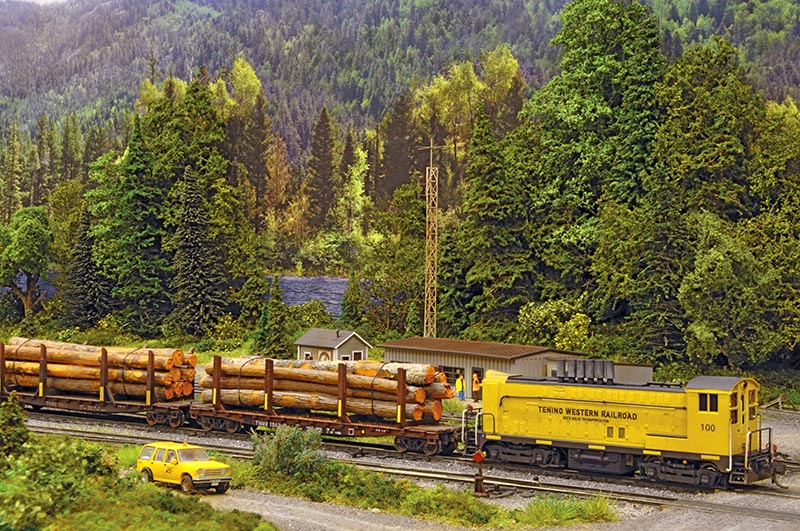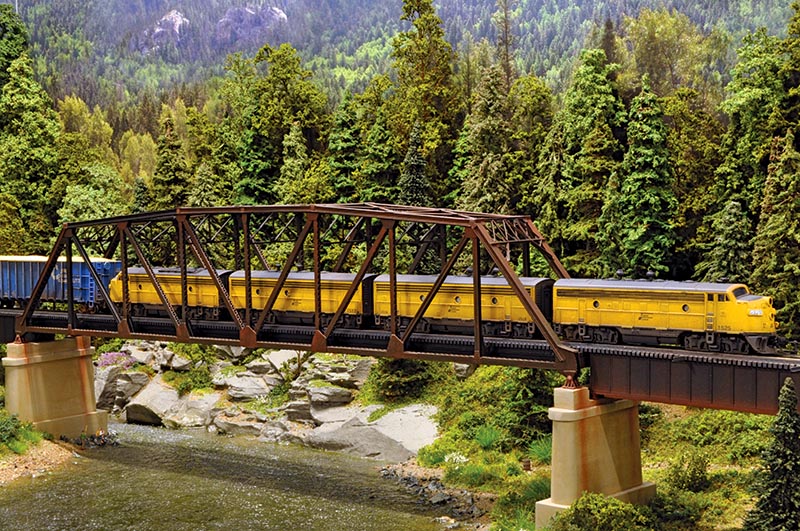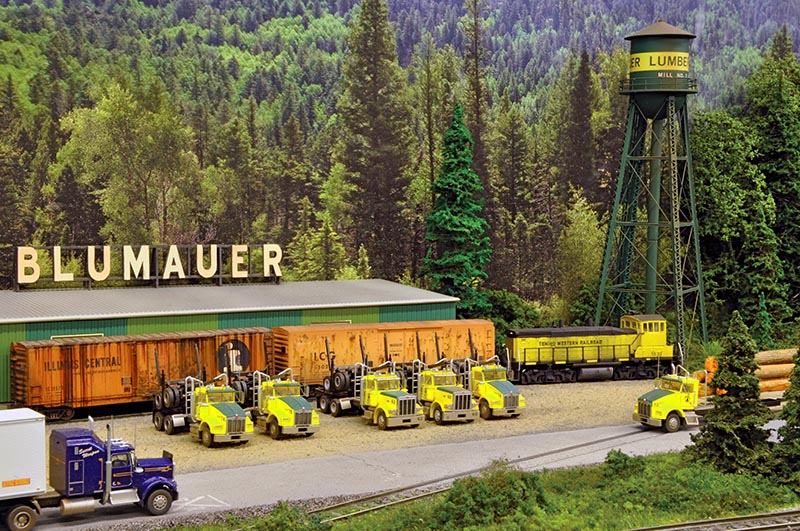 By Tyler Whitcomb/photos by the author
By Tyler Whitcomb/photos by the author
Like so many other lines in the Pacific Northwest, the Tenino Western Railroad owes its existence to the lumber boom of the late 1800s. Its sole purpose was to haul logs from the woods to the many lumber mills along its line. High profits and low operating cost were the main reasons for building the TWRR until the railroad’s third president, David Whitcomb, fell prey to delusions of grandeur and imaged the logging line as a vital link in a great transcontinental railroad route. He wanted to put the TWRR on the map and immediately began constructing a line between the port of Olympia and Tenino, Wash. Next, the railroad built a line westward from Tenino to Westport, along the Pacific Coast. The idea was to ship goods between the Orient and the East Coast. Unfortunately, the railroad did not have deep enough pockets like its rivals and nearly went bankrupt trying to expand. The TWRR did, however, make a modest living hauling timber from the numerous logging operations along its lines, the largest customer being Blumauer Industries.
As time progressed and the logging industry started to decline it became apparent the TWRR needed to diversify its customer base. Some of the railroad’s land holdings were sold off and new businesses began to spring up along the line. Management realized the only chance of survival was to provide excellent customer service, competitive pricing, and possibly merge with another railroad. By the early 1970s the TWRR was contemplating a merger with The Milwaukee Road, but the railroad declared bankruptcy before terms could be discussed.

Baldwin switcher 100 hauls a cut of log cars through Lake Yard. These logs are destined for the Blumauer Lumber mill at West Bay.
The TWRR did, however, gain trackage rights between Tenino and Portland, Ore., via the Burlington Northern in 1981. Unfortunately, the TWRR was unable to develop new traffic in the Portland area, and unreliable motive power created lengthy delays and extra expense, which ultimately led to the end of Portland service a few years later.
While the present-day Tenino Western is a shadow of its former glory, it has become a relic frozen in time. Its largest customer is Blumauer Industries, which operates numerous mills along the line. South Union Pulp & Paper and the Scatter Creek Brewing Co. also provide a fair share of business. Other commodities hauled over the line include coal, stone, foodstuffs, chemicals, and agricultural products. Recent years have seen an increase in containerized freight and intermodal traffic, providing a boost in much needed revenue.

A quartet of F-units cross Salmon Creek trestle with a loaded way freight. The train had fifteen cars to set out at South Union Pulp & Paper, as well as a handful of outbound pick-ups. This train operates daily between Tenino and Olympia, and sometimes performs double duty as a transfer run.
The railroad’s main shop and yard are located in Tenino, while corporate offices are located in Olympia. The TWRR operates an eclectic and well-worn fleet of first- and second-generation diesels, all of which are four-axle units. The mechanical forces are remarkable at keeping these old monsters running. Most of the rolling stock is outdated and in some form of disrepair and the track is not much better, suffering from years of deferred maintenance. Somehow, this old railroad keeps chugging along, thanks to the dedication of its hard-working employees…



